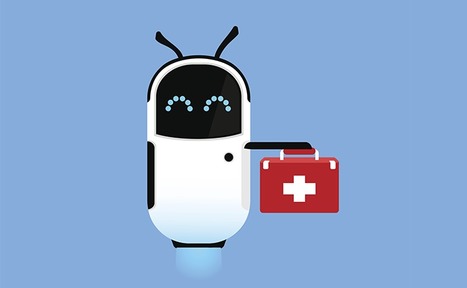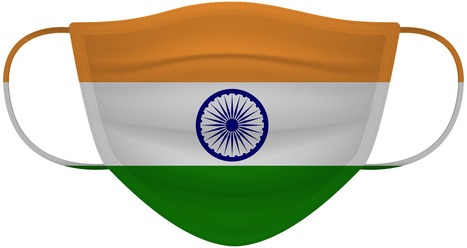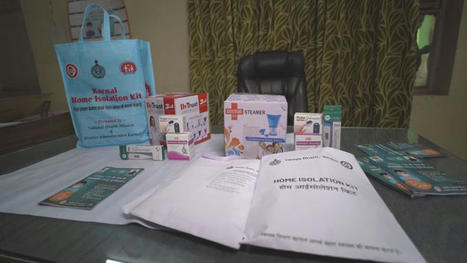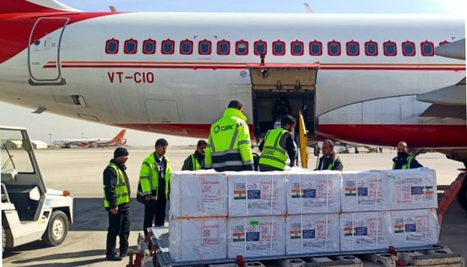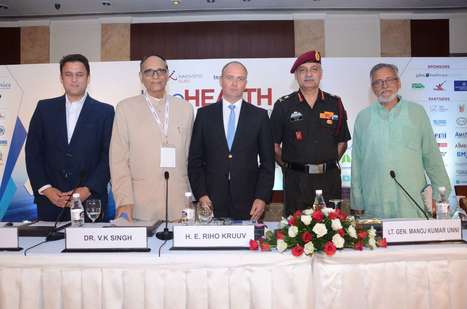Digital Health has accelerated during the COVID-19 pandemic, enabling the health ecosystem, providers and patients to adopt new medical technologies and digital health solutions, specifically in remote patient care and telehealth. However, beyond addressing near-term pandemic issues, the full potential of digital health in tackling chronic care remains untapped.
To achieve this, we need to strike a balance between immediate priorities and investments for a digital future in a value-based care era. With a growing ageing population across the Asia-Pacific region and increased patient demand for access to care at a time and modality of their choice, digital health innovation is no longer an option, but a necessity for health systems if we aspire to emerge stronger from the pandemic.
It is for this reason that the Asia-Pacific Medical Technology Association (APACMed) formed the Digital Health Committee to drive proactive dialogue around key themes such as regulation, reimbursement, interoperability, and cybersecurity.
The committee recently conducted an extensive research on Policy Pathways for Value Assessment and Reimbursement
India and Australia were the two archetypes studied for the purpose of this research.
Interestingly, for both archetypes studied – Australia (mature health system seeking to optimize UHC) and India (developing health system seeking to achieve “4.0” status), the core issues identified as part of the current landscape boiled down to policies that either inappropriately treat Digital Health as an unmonitored B2C platform, or the exact opposite - as a classic medical device. The three key challenges identified were, the lack of value assessment framework, fragmented coverage efforts and complex evidence generation.
Collectively, the efficacy of Digital Health can be improved to achieve the healthcare quality that our populations deserve, and simultaneously accelerate the time-to-market for innovations that will have wider socio-economic benefits. To begin this journey, it is critical to understand the unique socio-economic and health system challenges that countries in Asia Pacific could typically face.
India for instance, is a much younger population with only 6.4% aged above 65; the poverty rate steep and internet penetration lower (34.4%) in comparison to other developed nations. The healthcare system in India is still evolving with only 3.6% GDP allocation towards healthcare and only 30% for healthcare facilities supported by public entities. The country also has a very low ratio of doctors and beds per capita.
Incorporating Digital Health formally into the UHC (Universal Health Coverage) ambition in India will be very important especially considering COVID-19 and the challenges that it has been imposing on the country recently.
read more at https://health.economictimes.indiatimes.com/news/health-it/harnessing-digital-health-in-asia-pacific/84059339



 Your new post is loading...
Your new post is loading...



